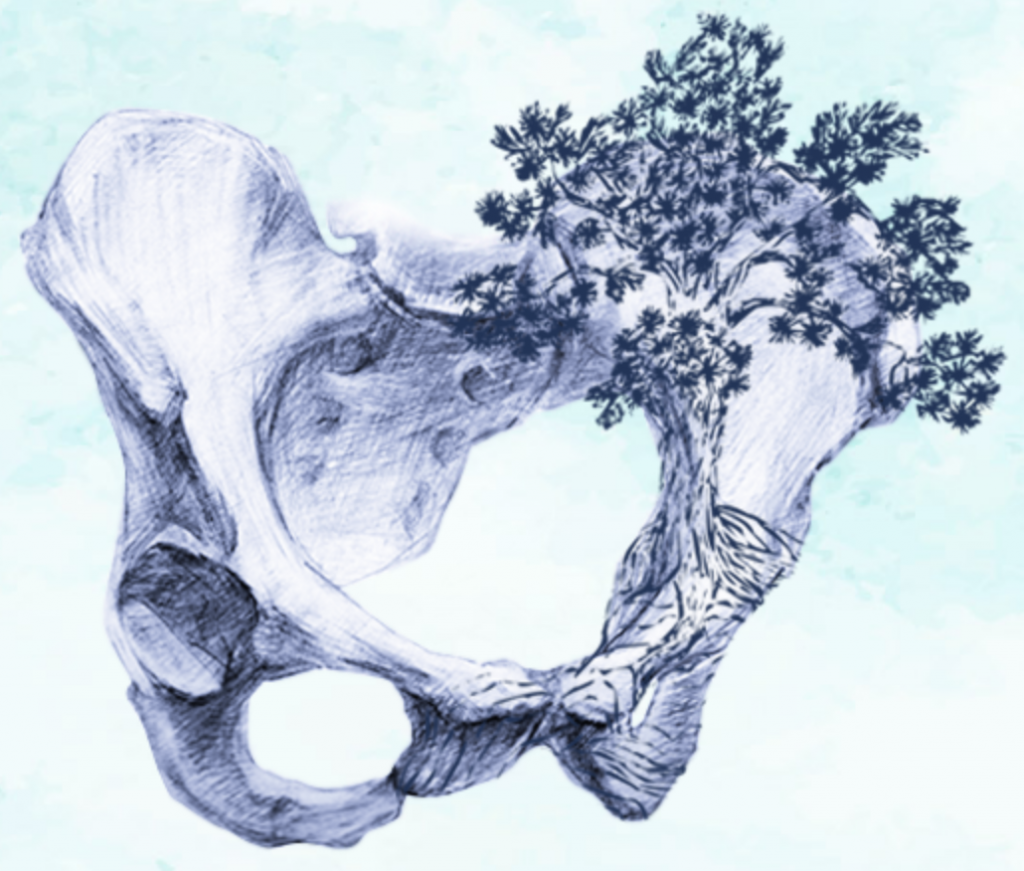An online hands-on workshop on somatic and neural resonance in the diaphragm system
offered through the Pelvicademy®

The diaphragm model is borrowed from osteopathy. There are 7 primary diaphragms, distributed up and down the body from the plantar diaphragm in the sole of the foot to the Calvaria at the dome of the head. In terms of trauma physiology, it is an extraordinarily useful framework for working with movement, brace, and collapse anywhere in the energy body, including the pelvis.
These 7 diaphragms function like a series of bells on a string. If one bell vibrates, they all begin to vibrate in resonance. Thus, both the braced and collapsed states in any one diaphragm are transmitted to all the others—and will influence the function of the organs and tissues contained between them. In survivors of complex trauma, the diaphragms help manage what is essentially intolerable terror. Carrying either a brace or a collapse state in the diaphragm system can help a survivor feel “safe enough” – even though function of the organs between affected diaphragms is profoundly compromised in either of these states.
This model allows providers to access the entire energy body. They must be engaged cautiously because of the potential for eliciting whole-body arousal and overwhelm as well as whole-body regulation. This capacity to transmit information allows a clinician to, for example, work with the respiratory diaphragm to influence the next proximal diaphragm – in this case either the shoulder or the pelvic diaphragms – and the function of all the organs located between them. This can be particularly useful when contacting the pelvis directly could be overwhelming for a survivor of sexual trauma.
Chinese medicine similarly divides the body into compartments that it calls the 3 Jiao – the chest, the belly and the abdomen. Each Jiao serves to separate and protect the integrity of broad body functions as well as providing a structure to protect the organs and absorb both physical and emotional shock. Using the diagnostic model of the Five Elements of AAM and its mirror in the Self-Protective Response of neurobiology can help providers discern which organ and thus what diaphragms will be most useful to restoring essential regulation in the energy body of each unique survivor.
